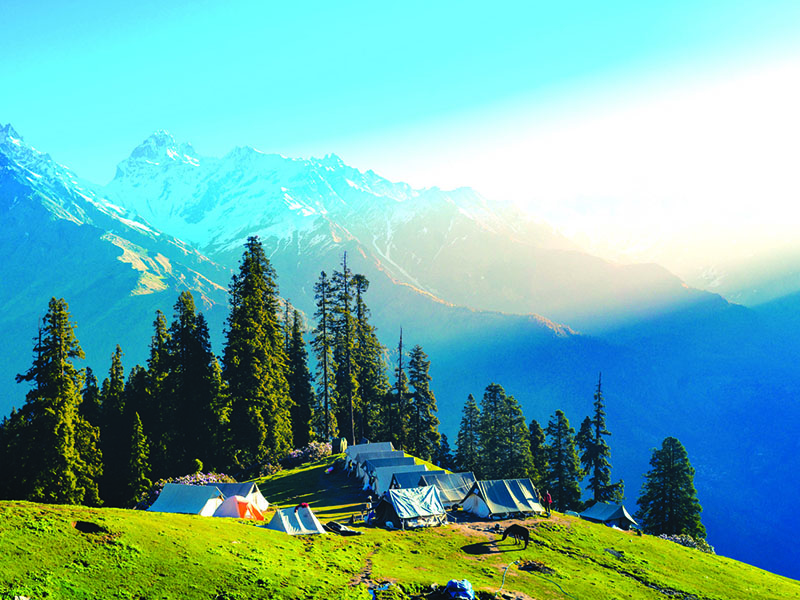Whether it is for leisure, adventure sports such as mountaineering, fishing, paragliding, skiing, rock climbing, trekking or just plain relaxation amidst soaring mountains and pristine nature, Himachal has it all As India’s middle class keeps expanding exponentially in the post-1991 era of economic liberalisation and deregulation, and perpetual shortages of airline and train tickets in summer are history, a growing number of upwardly mobile citizens are beginning to discover the charms of a uniquely subcontinental phenomenon: the country’s alluring hill stations. At the last count in Census 2011, India boasted 77 officially designated hill stations. Fortunately these precious and enduring legacies of the British raj are liberally distributed across the country. Almost all the 28 states and 8 Union Territories of the Indian Union boast at least one such prized and carefully preserved hill resort, and the one region which is perhaps the most well-endowed with hill stations (28) and contemporary tourism infrastructure is Himachal Pradesh, a tiny state (pop. 7.5 million) in the foothills of the mighty Himalayas. Cocooned between Jammu & Kashmir and the fertile plains of Punjab and Haryana, Himachal borders Tibet in the north-east and attracted an estimated 16 million domestic and 3.82 lakh international tourists in 2019 all drawn by its stunning scenery and salubrious climate. The Himalayas sweep down into Himachal Pradesh from the north into the foothills, bringing snow and Arctic chill to the region. The Pir Panjal and Dhauladhar mountain ranges run through the state culminating in the Shivaliks to the south and the Himalayas in the north. And whether it is for leisure, adventure sports such as mountaineering, fishing, paragliding, skiing, rock climbing, trekking or just plain relaxation amidst soaring mountains and pristine nature, Himachal Pradesh has it all. Shimla The bustling hill-station capital of the state, Shimla (pop. 1 million) was first discovered by the British in 1819 before which it was part of the Nepalese kingdom and known as Shyamala (from which the name Shimla is derived). In their own inimitable style, the British persuaded the local raja to cede the town in 1830, and constructed this serene hill station which has since acquired the reputation of being the subcontinent’s most fashionable summer resort. In 1864, it was accorded the status of ‘summer capital of British India’. After the construction of the Kalka-Shimla railway line in 1903, Shimla blossomed as a tourist centre. In independent India, Shimla was initially the capital of Punjab. But in 1966 when the state of Himachal Pradesh was carved out of Punjab and Uttar Pradesh, it was declared the state’s capital. Shimla is the state’s summer capital while Dharamshala is its winter capital. Sited on a ridge in the Himalayan foothills at an altitude of 7,466 ft above mean sea level, the city enjoys a perennially cool climate. Being a state capital with well-developed infrastructure and good road and rail access, Shimla is thronged by legions of summer tourists every year. Winters are cold due to icy winds that blow down from the upper…
Stunning vistas and salubrious climate of HIMACHAL PRADESH
